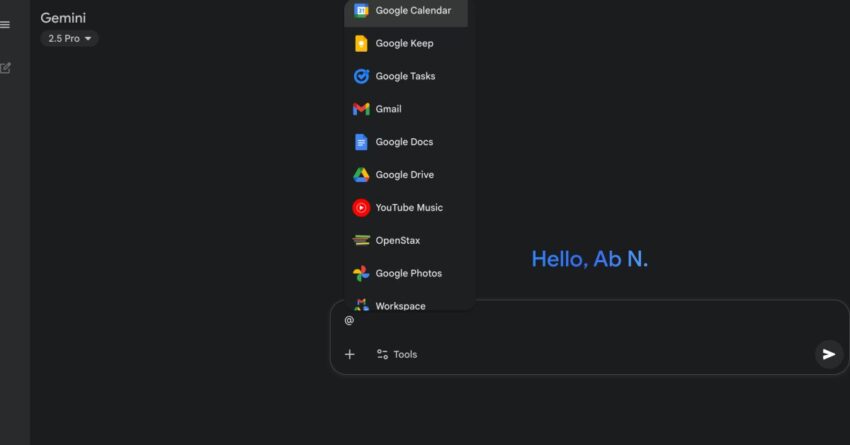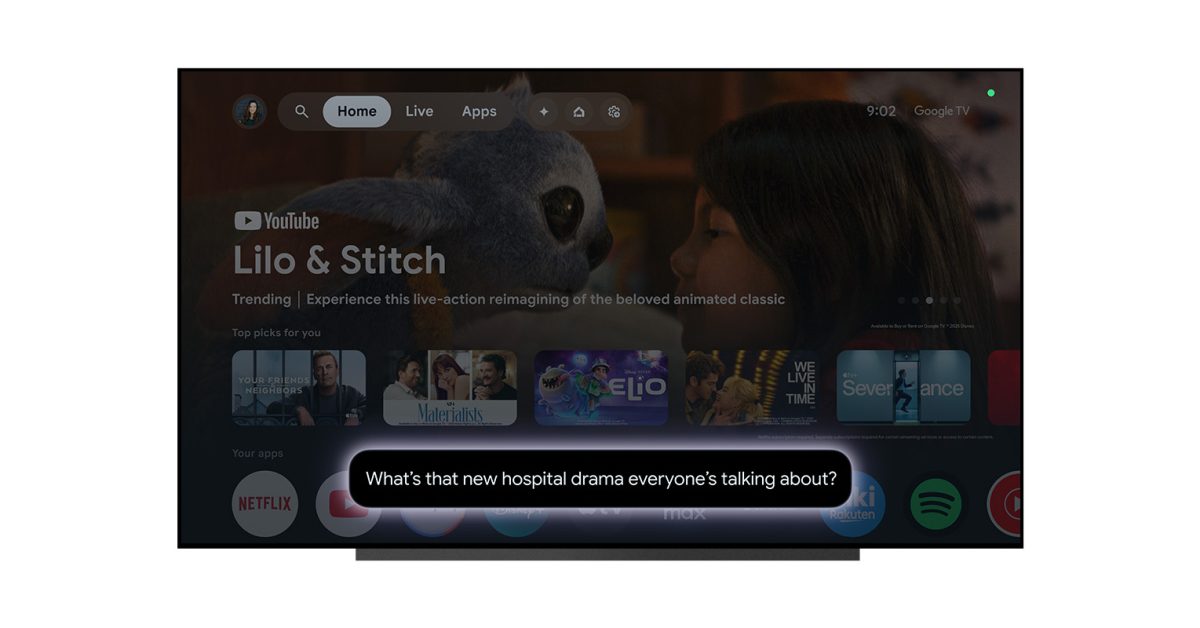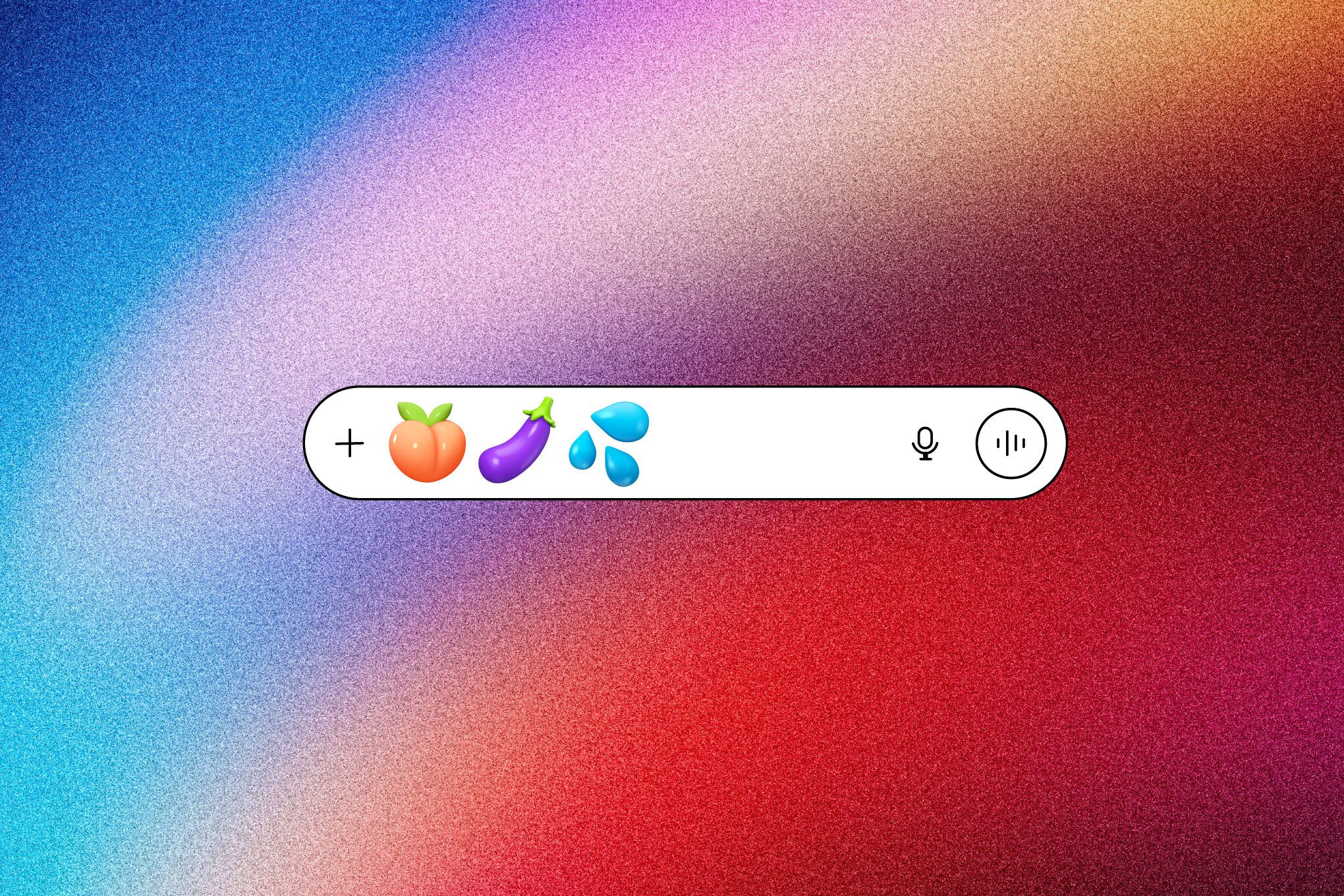
gemini removes google maps and youtube apps Gemini is streamlining its application ecosystem by removing the need for separate ‘@YouTube’ and ‘@Google Maps’ apps, opting instead for direct integrations that enhance user experience.
gemini removes google maps and youtube apps
Overview of Gemini’s Changes
Gemini, the innovative platform developed by Google, has recently announced significant changes to its application framework. The platform, which has been evolving to provide a more cohesive user experience, is now eliminating the need for separate ‘@YouTube’ and ‘@Google Maps’ applications. This decision reflects a broader trend in technology where companies seek to simplify user interactions by integrating services more seamlessly.
Rationale Behind the Integration
The primary motivation for this shift is to enhance usability and efficiency. By allowing users to access YouTube and Google Maps functionalities directly within the Gemini platform, Google aims to reduce the friction often associated with switching between different applications. This integration is expected to streamline processes, making it easier for users to access multimedia content and navigation tools without the need to open separate apps.
Moreover, this move aligns with Google’s overarching strategy to create a more unified ecosystem. As users increasingly demand more integrated experiences, companies are responding by merging functionalities that were once siloed. The elimination of separate apps for YouTube and Google Maps is a clear indication that Gemini is adapting to these changing user expectations.
Implications for Users
The removal of ‘@YouTube’ and ‘@Google Maps’ as standalone applications within Gemini has several implications for users. These changes are expected to enhance the overall user experience in various ways:
- Simplified Access: Users will no longer need to navigate between multiple applications to access video content or map services. This simplification is likely to save time and reduce frustration.
- Enhanced Functionality: Direct integration may lead to new features that leverage the strengths of both YouTube and Google Maps, providing users with innovative ways to interact with content and locations.
- Improved Performance: With fewer applications to manage, the performance of the Gemini platform may improve, leading to faster load times and a more responsive user interface.
Potential Challenges
While the integration of these services presents numerous benefits, it also comes with potential challenges. Users accustomed to the standalone applications may initially find the transition confusing. The learning curve associated with new functionalities and interfaces could lead to temporary dissatisfaction among some users.
Additionally, there may be concerns regarding the depth of features available in the integrated version compared to the standalone apps. Users who relied heavily on specific functionalities of the ‘@YouTube’ or ‘@Google Maps’ apps may worry that these features will be diluted in the new setup. Google will need to ensure that the integrated platform meets or exceeds the capabilities of its predecessors to maintain user trust and satisfaction.
Stakeholder Reactions
The announcement has elicited a range of reactions from stakeholders, including users, industry analysts, and competitors. User feedback has been mixed, with some expressing excitement about the potential for a more streamlined experience, while others have voiced concerns about losing the specialized features of the standalone applications.
User Feedback
Many users have welcomed the change, highlighting the convenience of having integrated services. Comments on social media platforms indicate that a significant portion of the user base appreciates the effort to simplify their digital interactions. Users have expressed hope that the integration will lead to innovative features, such as enhanced video recommendations based on location or the ability to share maps directly through video content.
Conversely, some users have expressed skepticism. Concerns have been raised about the potential loss of functionality, particularly for power users who rely on advanced features of the standalone applications. These users are eager to see how Google addresses these concerns in the integrated platform.
Industry Analysts’ Perspectives
Industry analysts have also weighed in on the implications of this integration. Many view it as a strategic move that positions Google favorably against competitors who have yet to adopt similar integration strategies. Analysts suggest that this could be a significant differentiator for Gemini, particularly in a market where user experience is paramount.
Furthermore, analysts point out that this integration could pave the way for future collaborations between Google services, potentially leading to innovative features that enhance user engagement. The ability to seamlessly transition between video content and navigation could open new avenues for content creators and businesses alike.
Context of the Change
The decision to integrate ‘@YouTube’ and ‘@Google Maps’ into the Gemini platform is part of a larger trend in the tech industry. Companies are increasingly recognizing the importance of providing users with a cohesive experience that minimizes the need for multiple applications. This trend is particularly evident in the rise of all-in-one platforms that combine various functionalities into a single interface.
For Google, this integration is not just about improving user experience; it also reflects a strategic response to the competitive landscape. As other tech giants continue to innovate and expand their offerings, Google must ensure that its services remain relevant and appealing to users. The integration of popular services like YouTube and Google Maps into Gemini is a proactive step in this direction.
Future Developments
Looking ahead, it will be crucial for Google to monitor user feedback closely as the integration unfolds. The company will need to be agile in addressing any concerns that arise and be prepared to iterate on the platform based on user needs. Continuous improvement will be essential to ensure that the integrated services meet the expectations of both casual users and power users.
Moreover, Google may explore additional integrations in the future, potentially incorporating other popular services into the Gemini platform. This could further enhance the user experience and solidify Gemini’s position as a leading platform in the tech landscape.
Conclusion
The removal of ‘@YouTube’ and ‘@Google Maps’ as separate applications within the Gemini platform marks a significant shift in how Google is approaching user experience. By opting for direct integrations, the company aims to streamline access to essential services and create a more cohesive ecosystem. While the changes are expected to bring numerous benefits, they also present challenges that Google will need to navigate carefully.
As the integration unfolds, the reactions from users and industry analysts will provide valuable insights into the effectiveness of this strategy. The success of Gemini will ultimately depend on how well it meets the needs of its users and adapts to the ever-evolving tech landscape.
Source: Original report
Was this helpful?
Last Modified: October 19, 2025 at 9:37 am
3 views















